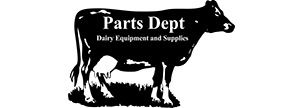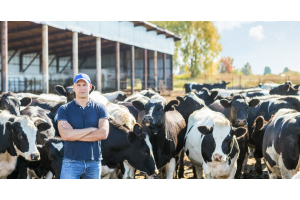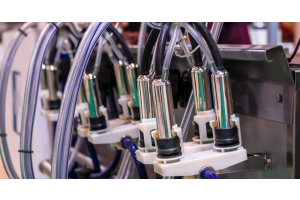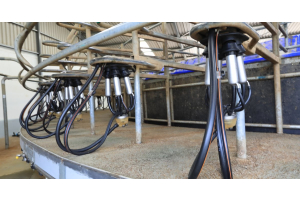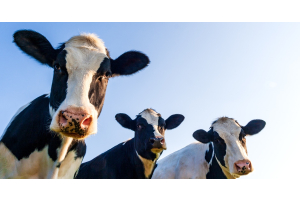The Effect of Proper Weight Distribution on Dairy Milk Claws

Ensuring the health and productivity of your dairy herd is a top priority, and every piece of equipment plays a role in achieving that goal. Milking equipment, in particular, has a direct impact on cow comfort, udder health, and overall milk yield. One often overlooked but critical factor is the effect of proper weight distribution on dairy milk claws. Understanding this balance is essential for preventing teat-end damage and maintaining an efficient milking process.
Understanding Milk Claw Function
A milk claw is a central component of the milking cluster, serving as the collection point for milk from the four teat cups. It efficiently collects milk and transfers it through the milk tube to the pipeline. The weight of the claw provides the necessary tension to keep the teat cups securely in place during milking.
For proper function, the weight must be evenly distributed across all four teats. This uniform distribution ensures that each quarter of the udder is milked at a similar rate, preventing issues such as over- or under-milking. When the claw is balanced, it promotes consistent vacuum stability and optimal milk flow from the udder.
The Importance of Balanced Weight
Proper weight distribution on dairy milk claws maintains teat and udder health. An imbalanced claw can cause uneven pull on the teats, leading to discomfort for the cow and potential tissue damage. This uneven stress may result in one or more teat cups slipping or squawking, which introduces air into the system and causes vacuum fluctuations.
These fluctuations can be detrimental, as they may lead to keratin damage at the teat end, increasing the herd's susceptibility to mastitis. A properly weighted and balanced claw keeps the vacuum level stable and the milking unit correctly aligned on the udder. These factors promote gentle and effective milking.
Proper Unit Alignment
A critical aspect of achieving balanced weight is ensuring correct unit alignment. The milking unit, which includes the teat cups, liners, and claw, should hang squarely beneath the udder, with the long milk tube positioned straight down. Misalignment often occurs if the milk hose is twisted or pulled to one side, which in turn pulls the claw and causes uneven weight distribution. Regularly checking the unit's position on each cow can prevent this common issue and support better udder health.
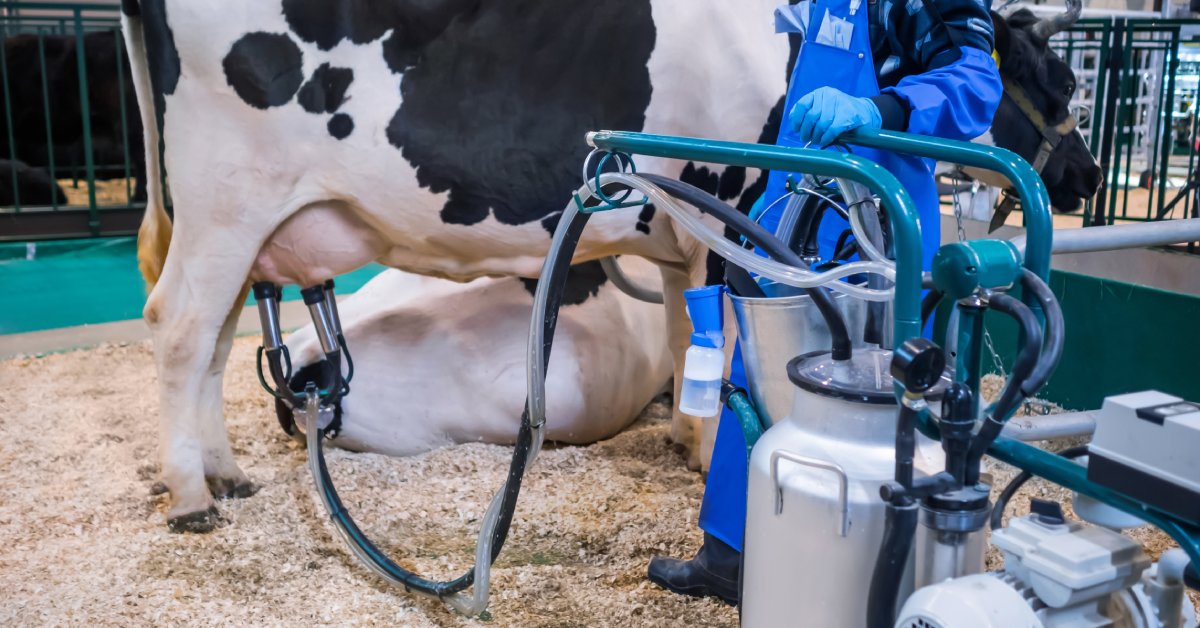

Link to Milking Efficiency
Proper weight distribution significantly enhances milking efficiency. A balanced claw ensures that all four quarters are milked simultaneously and completely, helping optimize milking time. When one or more quarters are under-milked due to poor alignment, it requires additional operator attention to correct the issue, slowing down the entire process.
Furthermore, uneven milking can lead to vacuum instability, disrupting consistent milk flow and extending the overall unit-on time. Efficient milking is key to parlor throughput and labor productivity.
Common contributors to poor weight distribution include:
- Twisted or improperly routed milk hoses.
- Worn-out liners that have lost their shape.
- Incorrectly matched components within the cluster.
- Poor initial unit attachment by the operator.
- Conformation differences between individual cows.
Impact on Cow Comfort
Cow comfort is directly linked to milk production, and an imbalanced milking claw can be a significant source of discomfort. When the weight is not distributed evenly, the cow may experience pinching or excessive pressure on certain teats. This can cause her to become restless during milking, leading to kicking, stepping, or premature detachment of the unit.
A comfortable cow is a productive cow, and a smooth milking routine is essential. By ensuring the milking cluster is properly balanced, you create a more positive experience for the animal. This not only improves milk let-down but also fosters a calmer and safer environment in the milking parlor for cows and operators.
Protecting Teat-End Health
The milking process affects the health of the teat end, particularly by weight distribution and vacuum stability. Overmilking or uneven pressure can damage the keratin layer at the teat end, making it more susceptible to infections such as mastitis. Regularly inspecting teats for signs of redness, swelling, or roughness can help identify early issues. If you notice these problems, adjust the milking equipment for proper alignment and consult a veterinarian or milking equipment specialist.


Identifying Weight Imbalances
Recognizing the signs of a weight imbalance is the first step toward correcting it. Observe your cows during milking for any signs of discomfort, such as fidgeting or kicking. Watch for uneven milk flow in the claw bowl and teat cups that slip or detach frequently. After milking, check for physical signs on the teats, such as redness, swelling, or rings at the base of the teat. These are clear indicators that the claw is not distributing weight evenly.
Take the following steps to maintain milking equipment:
- Inspect liners for cracks, tears, or loss of elasticity.
- Check for blockages or restrictions in milk tubes.
- Verify that vacuum levels are stable and correct.
- Ensure all cluster components are securely connected.
- Clean claw bowls and air vents daily.
Solutions for Better Balance
Achieving a better balance often involves simple adjustments and consistent equipment maintenance. Start by ensuring the long milk tube and pulsation tubes are not twisted and allow the cluster to hang freely. Proper positioning of the cow in the milking stall also helps ensure the unit can be attached straight and centered.
Choosing the right milking claws for your herd is also important, as different models offer various weights and designs to suit different udder conformations. Regular replacement of liners and other cluster components ensures they perform as intended and do not contribute to imbalance.
How to Select the Right Claw
Selecting the right milking claw for your herd is essential for achieving proper weight distribution. Factors like claw weight, design, and compatibility with your milking system all play a role in ensuring balance. For example, heavier claws may work better for larger cows, while lighter claws are ideal for smaller breeds. Consult with an equipment specialist to select a claw that meets your herd's needs and improves milking efficiency.
Proper weight distribution is a cornerstone of good milking practices that protect cow health, enhance comfort, and maximize productivity. Using the equipment properly prevents common issues such as mastitis and teat damage. Perform regular equipment checks and ensure proper unit alignment each time to support the long-term health and performance of your herd.

